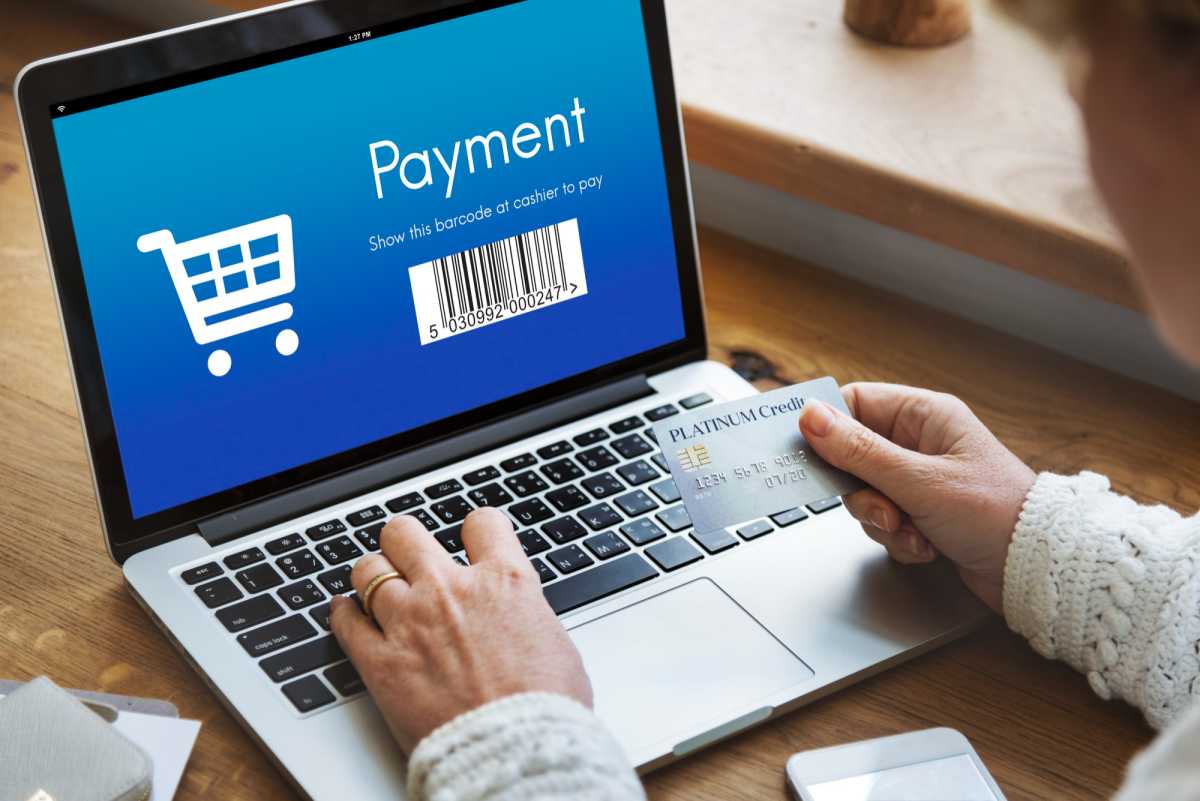So you know you need a payment gateway for your business but you don’t exactly know about payment gateway integration into your business. That’s why we’re here to tell you all about it. Hopefully, by the end things will get clearer for you.
How Does Integration Help Merchants?

Integrating payment gateways into your business can really help you in multiple ways:
Smooth out transactions and get quicker payments
Payment gateways keep the payment ecosystem rolling smoothly, as it enables online payments for consumers and businesses. They’re an asset to your business because they ensure safe and smooth transactions, and reduce losses associated with late payments.
As a business owner, you’ll find out that it can get pretty hard to get paid at all. Instead of having the hassle of agreements to pay on certain days (which you might then risk forgetting about), many customers prefer to just pay instantly and get it over with. Payment gateways allow them to do just that, making it a win-win situation for both you and your customers.
Gatekeep data with improved security
Payment gateways facilitate online transactions while protecting sensitive cardholder data. Payment gateways relay the info from you, the merchant, to the acquirer and the issuing bank using data encryption to keep unwanted threats away from the sensitive card data.
Customers’ card info are securely transmitted and only they and their issuing banks have access. Payment gateways are PCI DSS compliant – following particular security standards. There’s also a protocol called a 3-D secure that requires passwords from customers.
PCI (the Payment Card Industry Data Security Standard) helps to ensure that the seller processes credit cards data in a secured environment. The PCI standard involves any organization receiving, processing, or caching client information.
Reduce fraud
Customers can securely buy items from your store without the risk of identity theft. Aside from fraud management, a payment gateway also protects merchants from expired cards, insufficient funds, closed accounts or exceeding credit limits – basically sparing you unnecessary problems.
Convenience
Integrating your business with a payment gateway means your customers can make purchases at any time. Allowing your customers to shop at their leisure adds convenience for them and for you. The gateway also ensures a simplified process on the front end, making sure customers don’t have to go through any complicated procedures to complete transactions.
Online Payment Gateway Integration Methods

Ways in which the payment gateway integration can happen are:
1. Hosted Payment Gateways
Processes the fee from a buyer to the merchant – bringing the customer to a payment page hosted externally. As soon as it’s confirmed, the buyer gets back to the web store. Then the checkout gets completed. Some examples of this type of solution are PayPal, Stripe, and Amazon Pay.
Advantages:
- No demand for PCI compliance
- The payment provider is in charge of data protection
- Seamless integration into a web store
- The process is pretty flexible
- Plug-and-play plugins for online stores
Weaknesses:
- Redirect to an external site, which isn’t comfortable for users
- Limited options for branding
- The payment provider handles the whole process
2. Self-hosted Gateways
This is if you want total control of all customers’ payments. The self-hosted way of integration allows you to accommodate all transactions on a website and then transfer them to the gateway through end-to-end encryption. Examples: QuickBooks Commerce’s B2B Payments or Shopify Payments powered by Stripe.
Advantages:
- The web store has total control over the payments
- Style customization is available
- Good for user experience
Weaknesses:
- It is obligatory to comply with PCI
- System failures may take place, as the checkout and payment happen in one place
- There is no technical support
3. APIs or Non-Hosted Payment Gateways
A non-hosted payment gateway allows customers to complete payments directly on your ecommerce site using APIs (Application Programming Interface). Using this integration method, you can easily manage the interface of the checkout page from beginning to end.
Advantages:
- The page can be designed according to your needs
- Faster checkout operations
- Device-friendly – across mobiles, tablets, and so on.
Weaknesses:
- It’s your responsibility to cover all data protection concerns
- It may require technical support and maintenance
4. Local Bank Integration
This type of integration lets you shift money locally to the bank used by the buyer. After proceeding with the payment, the buyer gets on a landing page telling them the money transfer was successful.
Advantages:
- Great for small and medium companies that need a single payment
Weaknesses:
- Limited user experience due to basic functionality and features. For example, the buyer won’t be able to return funds.
How To Integrate a Payment Gateway into Your Business
When considering hosted solutions, you can review ready-to-go plugins available on the market. These gateway providers cover the basics you need and make your job a lot easier. Usually, it’s just a piece of code to be inserted into your site, plus adding a new payment option to your list. A few examples include Stripe, Amazon Pay, Authorize.net and Google Pay.




Leave a Comment